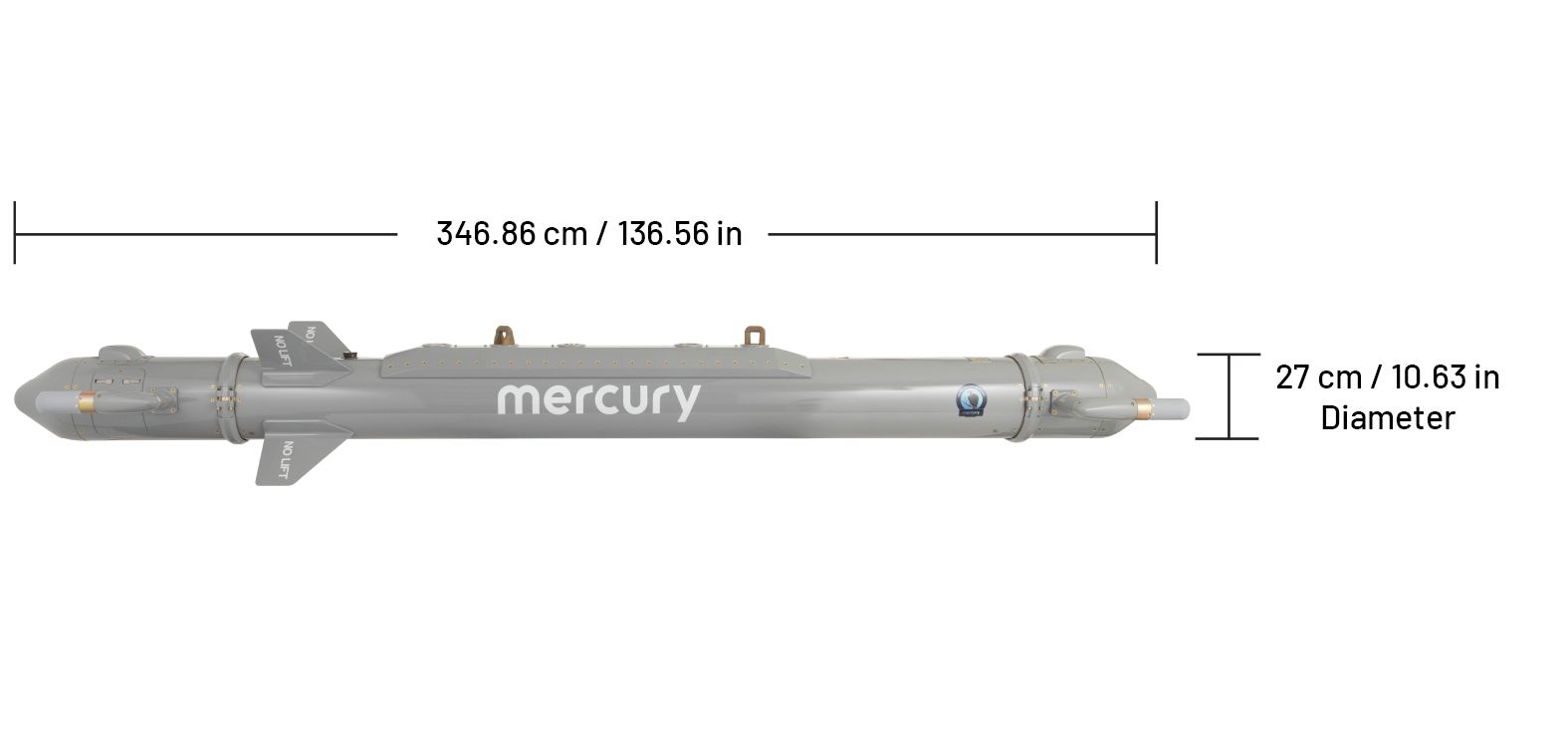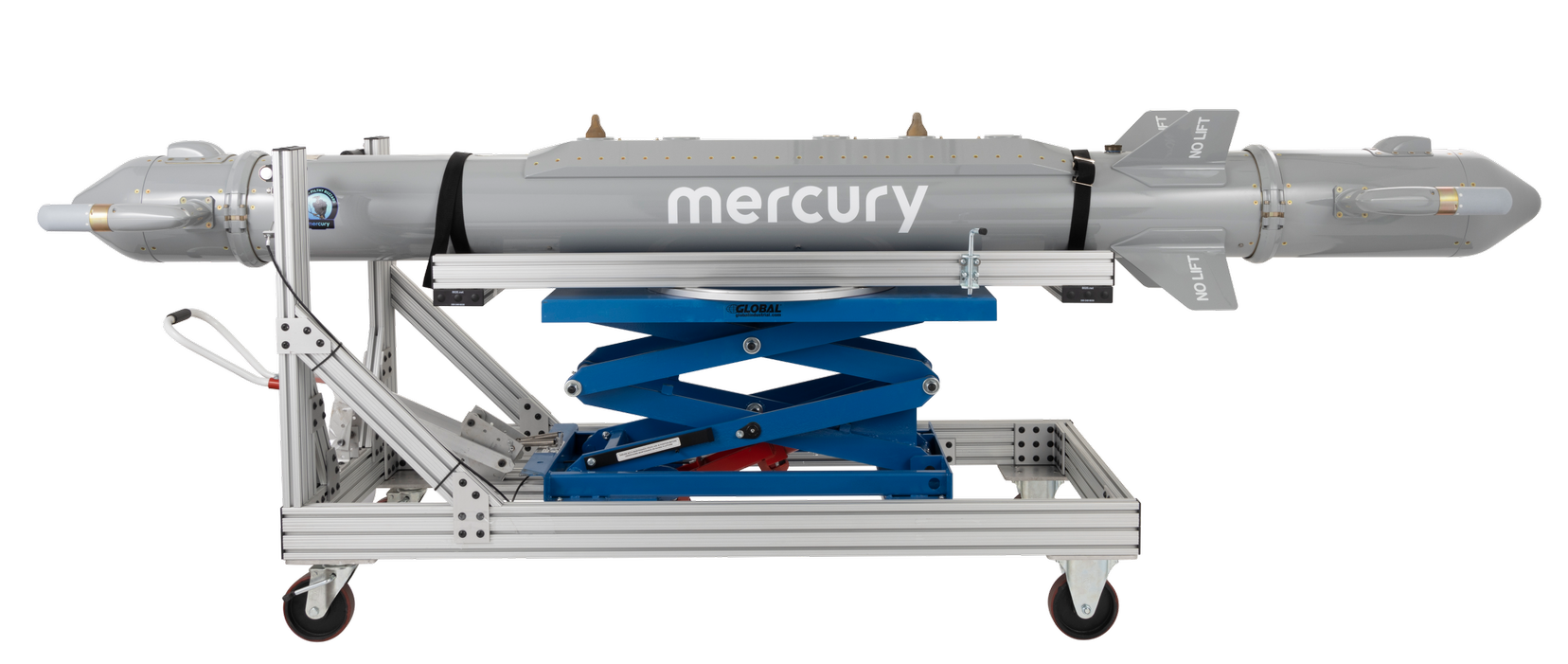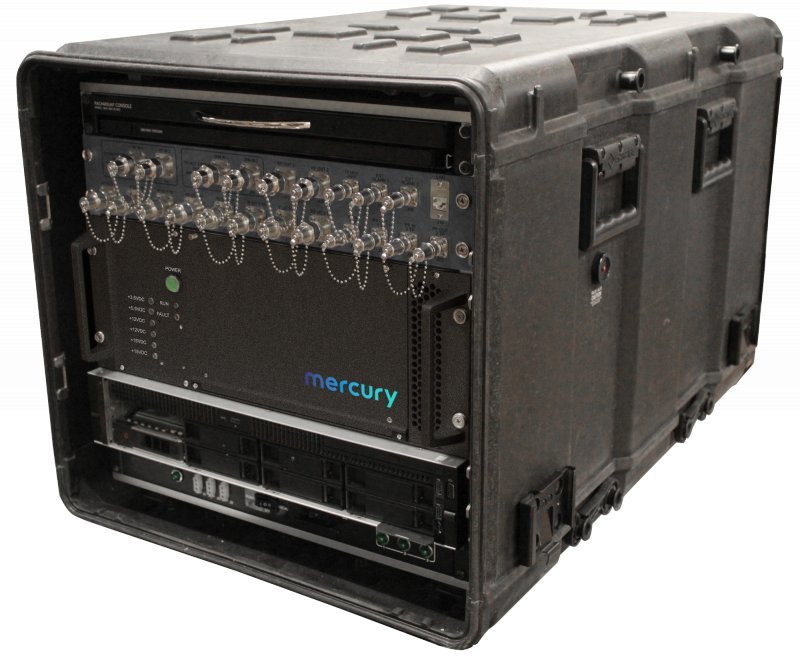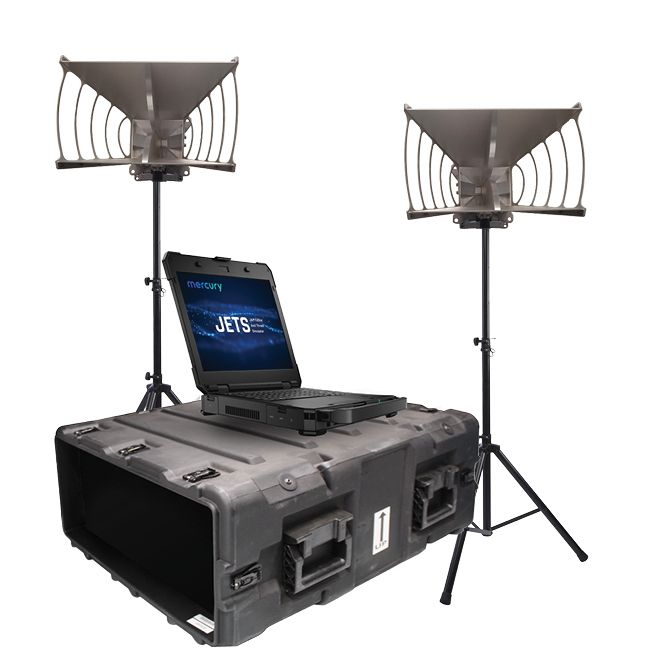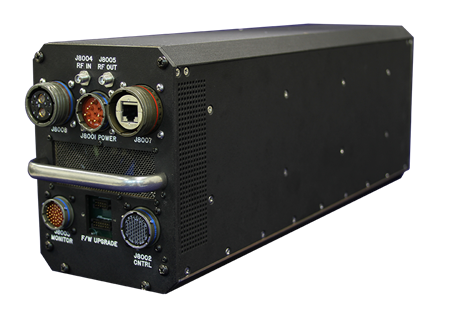Emulate electronic attacks and reprogram missions in minutes
mPOD's scalable and modular design maximizes aircraft performance while decreasing overall sustainment costs
The Mercury training pod (mPOD) is a commercially available, rapidly reprogrammable, airborne EA training system that accurately emulates NASIC-validated RF electronic attack techniques to spoof or jam multiple Blue Air platforms and supports multiple threat scenarios for training flights.

JETS Software Interface (GUI)
Compatible with any Windows computer, mPOD’s JETS software interface can be used to configure and load electronic attack techniques into the aircraft display to allow Red Air pilots to emulate multiple mission scenarios during air combat.
PODCAST
Association of Old Crows (AOC) International Symposium SOSA Reference Architecture Briefing
LISTEN TO THE PODCASTPODCAST
AOC Show Daily with Dr. Bill Conley on technical vision and implementation of strategic objectives
LISTEN TO THE PODCASTDRFM-BASED SUBSYSTEMS
Accelerating real-time radar and jamming capabilities
Mercury accelerates critical technology adoption through modular, open architecture DRFM (digital radio frequency memory) systems so you can rapidly deploy the latest innovations against evolving adversarial threats.
Thank you! We have received your message and will be in touch with you shortly.



